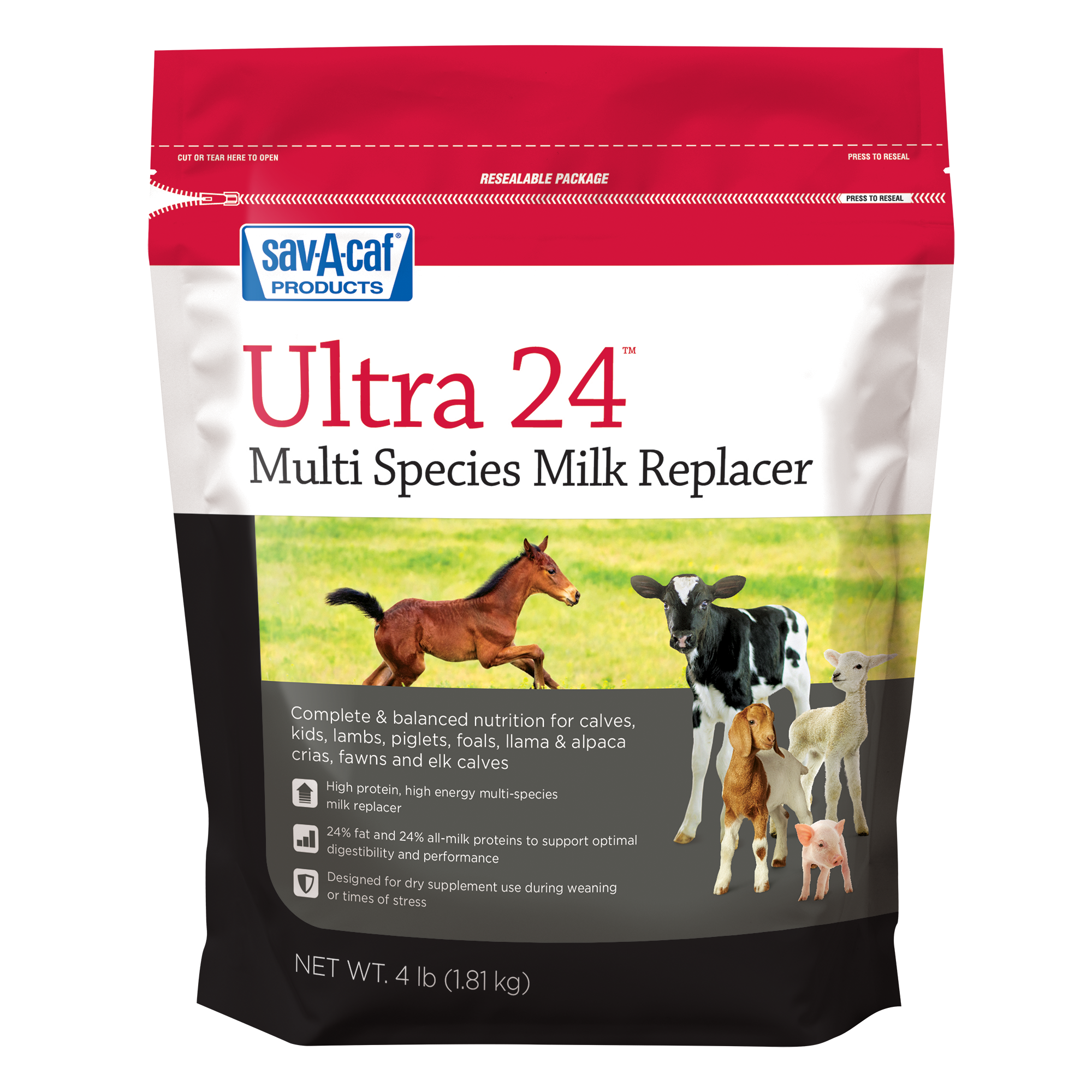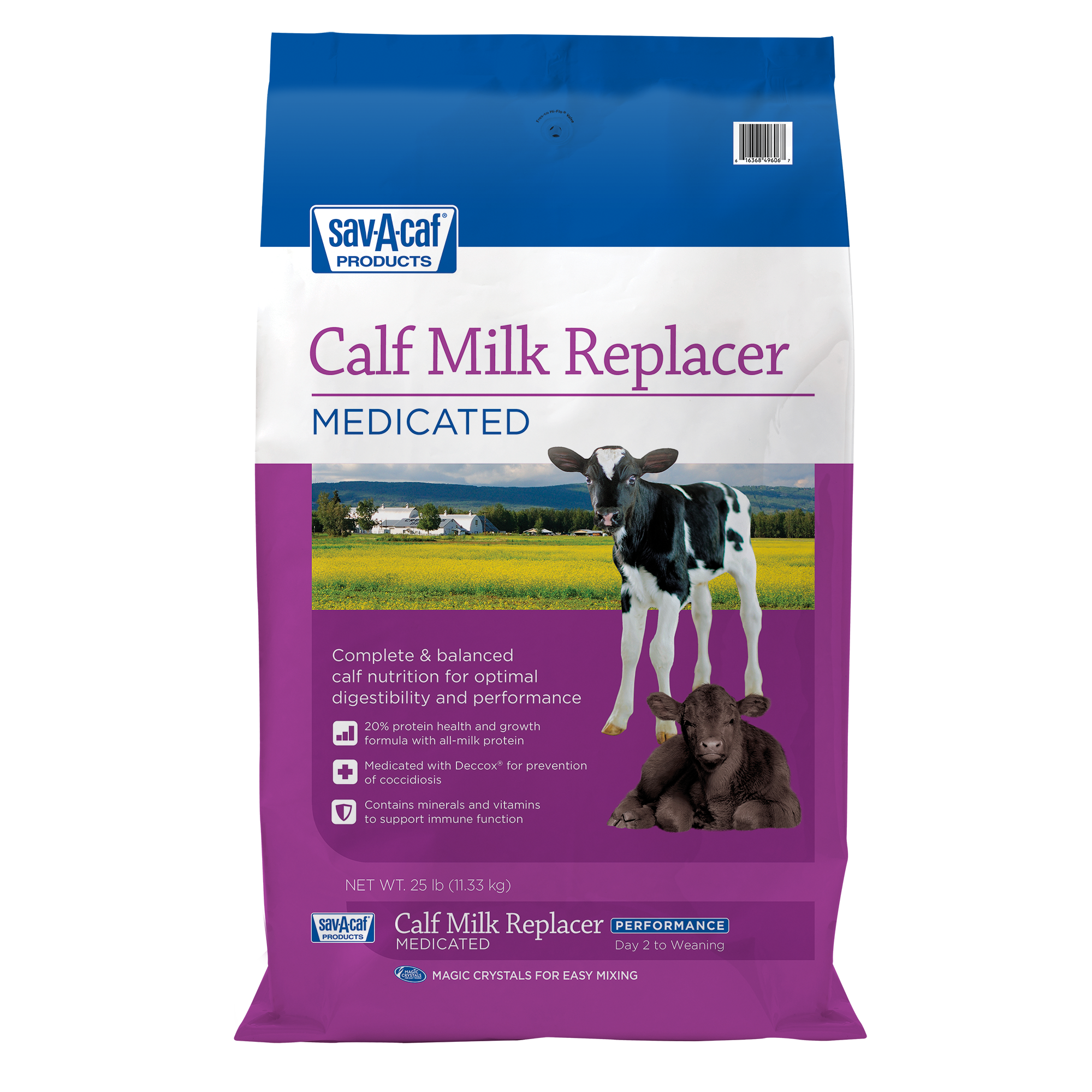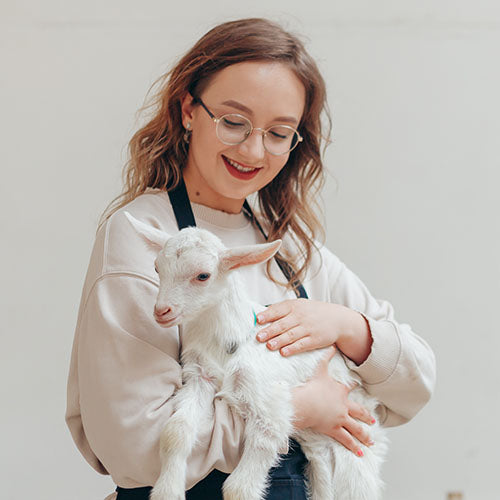
How to introduce new animals to your farm
Once you have animals on your farm, it can be tempting to keep adding more. Before you open the floodgates and welcome a whole herd, however, it’s essential to have a thoughtful plan in place that addresses the items on this checklist:
- Choose a species that suits your farm’s size, current animals and budget.
- Find healthy animals from a reliable breeder or farmer.
- Stock up on the necessary supplies for the animals’ species and age.
- Get the animal examined by a veterinarian.
- Work with your veterinarian to develop a disease and parasite prevention program.
- Quarantine the animal for at least 3 weeks.
- Introduce the newbie to the rest of your animals and monitor behavior closely.
- Enjoy your expanded herd!
Keep reading for additional tips for a seamless transition.
Preparing For New Animals
Once you've decided on the animals you will be introducing, consult with your veterinarian to determine disease and parasite prevention protocols. New animals can bring new pathogens so make sure all animals are up to date on their vaccinations and deworming, if applicable. It’s also important to have the housing, feed and feeding equipment you will need before they arrive.
Welcoming The New Animals
When the newbies arrive, they will need to be quarantined from your other animals so they do not spread any potential diseases or illnesses to the rest of your animals, even if proper vaccinations are given. This includes separate housing, feed, water sources and feeding areas. Michigan State University Extension recommends quarantining for a minimum of 3 weeks once they arrive.
During this 3-week period, minimize stress by providing a clean, dry and comfortable environment. If you notice any signs of stress, electrolyte supplements can help replenish nutrients and balance fluids to keep the animal healthy.
Introducing The New Animals
Once the quarantine period is up, you can introduce your animals to the rest of your herd. They may mesh perfectly and fit in right away, but don’t be discouraged if they are not all best friends at first. Depending on the species, it can take a little while for them all to warm up.
Continue to monitor the group for the first few weeks to make sure there are no major behavioral or medical issues. Patience and monitoring are key to ensuring a successful and harmonious coexistence among all of your animals, but always seek advice from your trusted veterinarian if anything seems off.
As always, a healthy herd starts with good nutrition. Feeding a high-quality diet will help keep their immune systems strong through the transition.
Find more tips and resources to help keep your animals happy and healthy.
Find Solutions for Your Animals
-
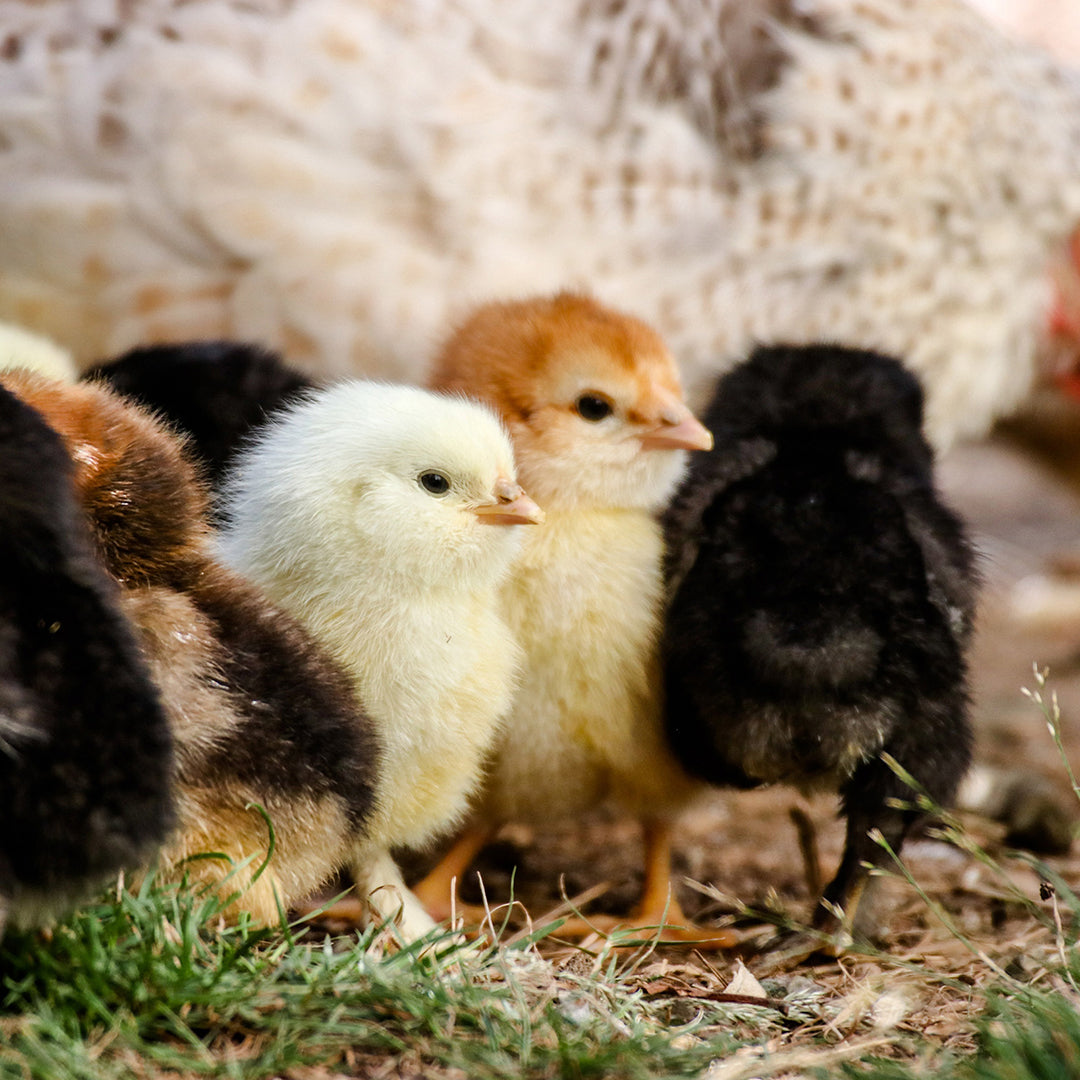
January 11, 2022
Whether housed in a coop or free ranging on your farm, your birds are exposed to multiple threats every day that could cause illness or impact their well-being. Now there’s a way to be more proactive with regular support for...
-
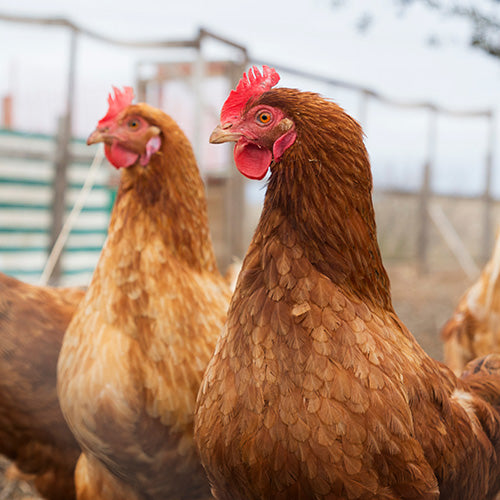
April 6, 2022
You’ve raised your chicks to adulthood and now they’re fully feathered hens. Way to go! Now, you get to enjoy their eggs and companionship for years to come. To maximize their life, support their production potential and kee...

